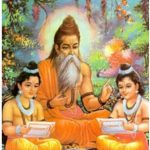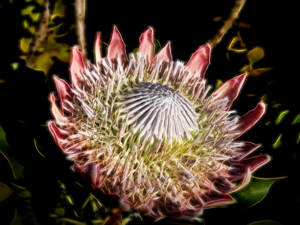
I occasionally get asked questions about reincarnation, in respect of advaita. And the sort of answer that I usually give is along the lines of saying that who-we-really-are was not born and neither will it die. Accordingly, it is really a waste of time to worry about if, why and how, the unenlightened jIva navigates through saMsAra.
But there is a whole section in the Brahma Sutra dealing with this somewhat abstruse, and seemingly ultimately irrelevant topic. It has some interest, and raises a few questions. So, for those who feel that they are doomed to return for at least another lifetime, here are some details about what the scriptures say is involved.
In the past, I had always assumed that the nature of the body into which a jIva is born in any given life is determined sometime between the events of procreation and birth. Not so! A rudimentary, ‘minute body’ is actually allocated at the time of the death of the previous body (according to the scriptures). This new gross body, along with the subtle and causal bodies, life forces (prANa-s), mind, sense organs and organs of action (j~nAnendriya-s and karmendriya-s), together with the accumulated saMskAra, then ‘travel’ (gati) to the next birth. Consciousness or chit does not travel, of course, since it already exists everywhere! Continue reading →









